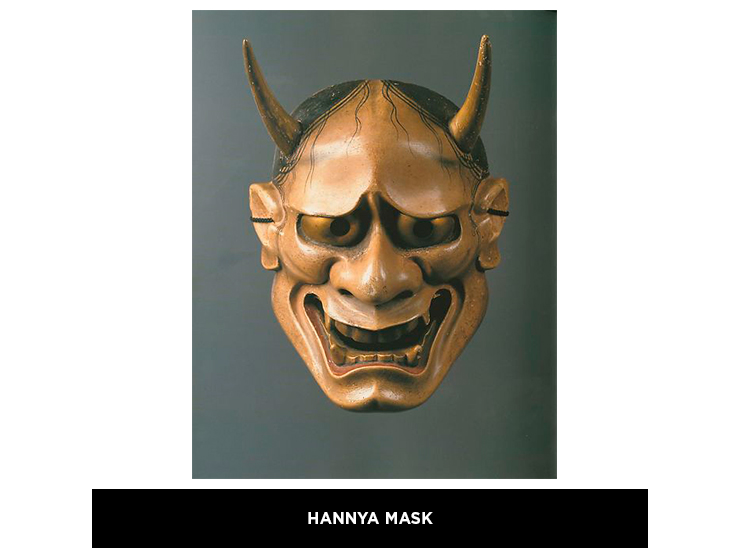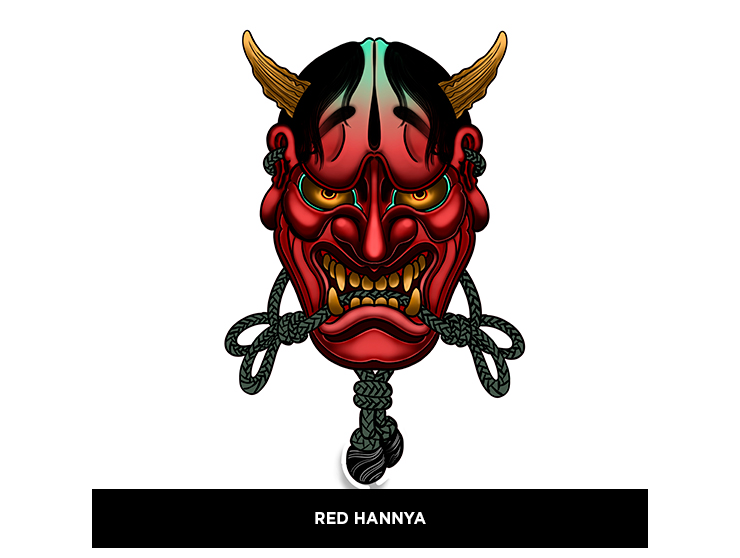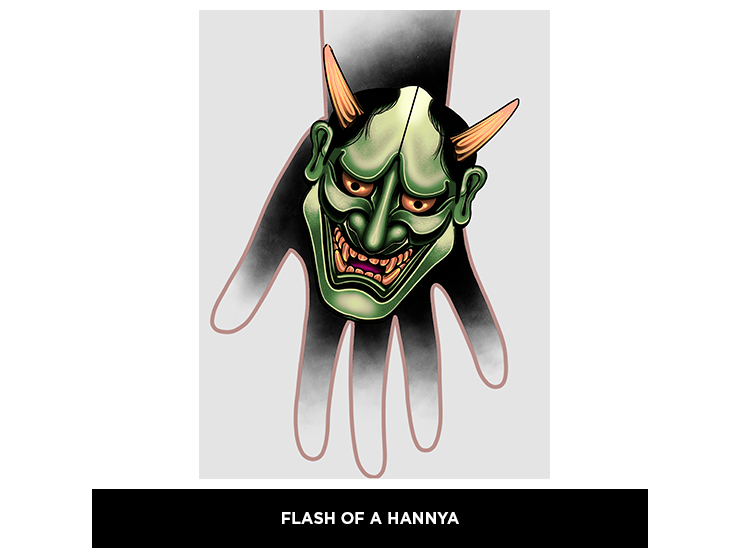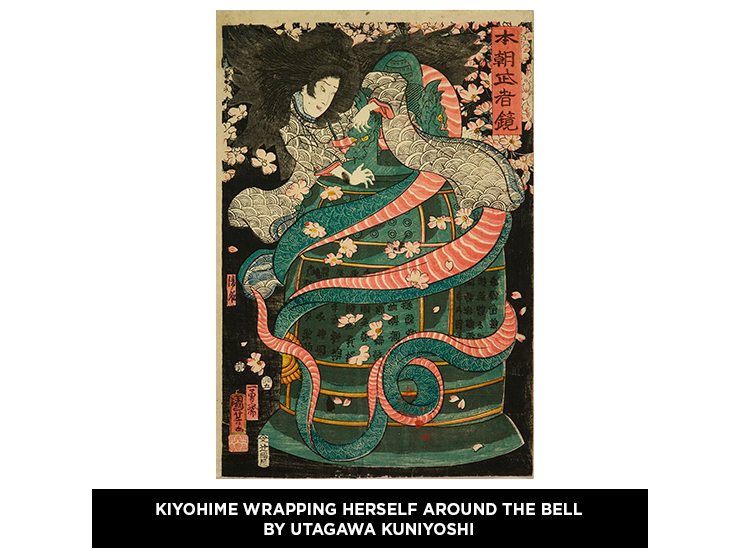Hannya – 般若
The hannya is probably Japanese tattoo’s most iconic design. But only a few know its meaning.
The hannya mask was created in the 14th century for Noh theater. Noh is one of the oldest theater arts that is still performed today. Historically, only men were allowed to play in theaters. In order to act different characters, they crafted different masks: males, females, animals, etc. Women were only allowed to play professionally in Noh in 1948.
In Noh theater, the hannya represent a woman that’s so jealous she transforms into a demon. The carving of the hannya mask must make it look tormented and evil. The mask was made so that the actor could act different emotions with the same mask: Depending on the angle the actor would hold his head; he would look sad or enraged.
It has 2 horns, a large mouth, fangs and inhuman features. The colors of the masks also have a meaning: a white mask is used to represent a woman from a high-class, as a red hannya is used to represent a lower-class woman. Red is also the color of demons in Japanese folk tales.
The hannya mask was created to represent a specific and complicated emotion: a woman’s jealousy. In Japan, horns represent anger. Therefore, it is common in Japanese culture to represent a jealous woman with horns. So much that the specific veil that is worn by the bride during a Shinto wedding is called a tsunokakushi, which translates to a “horn concealer”.
Depending on the tattoo master, the hannya has two meanings:
- It expresses how something beautiful can turn into something terrifying.
- A hannya tattoo protects the wearer. Its scary figure repels evil spirits and acts as a talisman (like gargoyles in a Gothic church).
The most famous tale of a hannya is the one of Kiyohime:
The beautiful Kiyohime fell in love with Anchin, a monk that visited her village ever since she was a kid. Anchin had fun promising the girl he would marry her as soon as she would be old enough. In reality, the monk was a womanizer who took advantage of a girl’s naivety. On her birthday, the monk finally admitted it was just a joke and that he wasn’t going to marry her. Kiyohime became furious and started chasing him. She caught up to him by the Hidaka river, but Anchin got on a boat and fled. Kiyohime tried to swim through the river. Her anger was so intense, during the crossing of the river she suddenly transformed into a giant snake with the face of a hannya (demon). As soon as Anchin saw that she had transformed, he went off to hide in a temple. He tried to seek help from the priests. The priest decided to hide Anchin under the bell of the temple. However, Kiyohime the snake, smelled him and rolled up around the bell. She started spitting fire until the bell made of bronze melted. Kiyohime then killed the monk she loved so much and disappeared in the flames as well.




